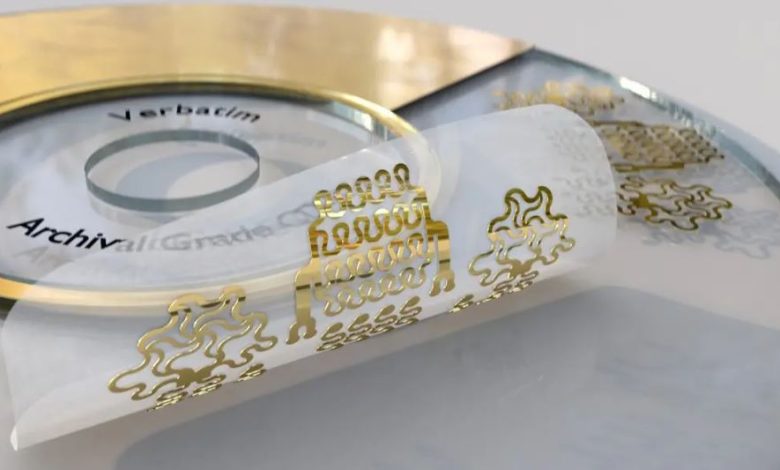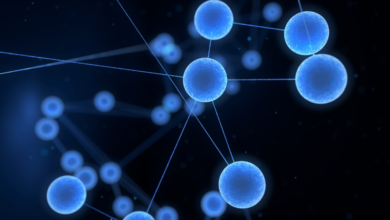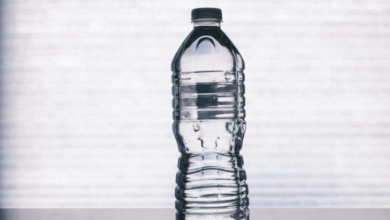Biosensors for the heart: recycling old CDs is good for health and the planet

Manufacture of biosensors takes 20 to 30 minutes
(Sustainabilityenvironment.com) – Whether they have been useful to collect the music of our glorious days or to preserve documents of a time that seems very far away, what is certain is that CDs have now become technologically obsolete support that would be useful to be able to recycle in some way.
As with many of the legacies left us by the ’80s, even the design of compact discs did not look to the future, creating products made of polycarbonate, a non-recyclable material. But in addition to polycarbonate, these supports also consist of a thin layer of reflective film. In most cases it is aluminum, in others it is gold.
If the polycarbonate is to be disposed of in landfills, it is possible to recycle the gold foil of some CDs to create sensors that can monitor the human heart.
Even the classic flexible biosensors that stick to the skin, in fact, contain thin layers of gold: this is why researchers at Binghamton University in New York have hypothesized that the foil to produce them could be recovered from discs at the end of life.
The study, later published in Nature Communications, developed a technique to recycle the gold layer of CDs through the use of acetone. The substance is in fact able to loosen the bond between the foil and the polycarbonate, detaching the latter.
The process is extremely fast: the application of acetone takes just 90 seconds, the entire operation takes just over 20 minutes, but the advantages are also economic, because it would cost about € 1.50 per sensor.
The team, led by Matthew Brown and Ahyeon Koh, first experimented with how to loosen the bond between gold and polycarbonate with acetone, then applied a polyimide sheet to the support, which attracted the precious metal and detached it.
The foil was subsequently cut off, using commercial fabric cutting machines, and sensors were made from gold that can be applied repeatedly to the skin.
These are monitoring tools that can control, in combination with other devices, the health of the heart and muscles, measuring their electrical activity, but can also measure values such as lactose, glucose, PH and oxygen levels, record data and send me via Bluetooth connection directly to a smartphone.
The additional advantage of this technique is that it does not have negative impacts in environmental terms because it does not release toxic chemical waste at the end of the process. The team is working, at the moment, to check the possibility of using other materials: “We used gold CDs, and we want to explore CDs with silver, which I think are more common,” said Brown. “We also want to look at whether we can use laser engraving, rather than using the cutting machine, to further improve the speed of recycling”.





